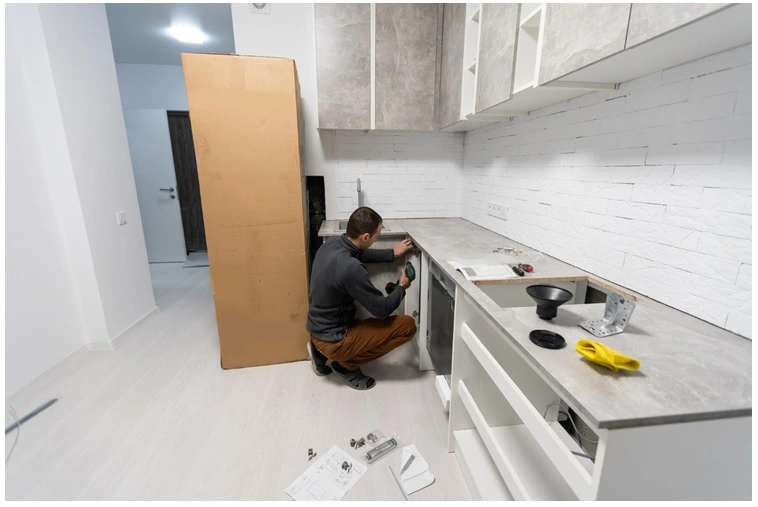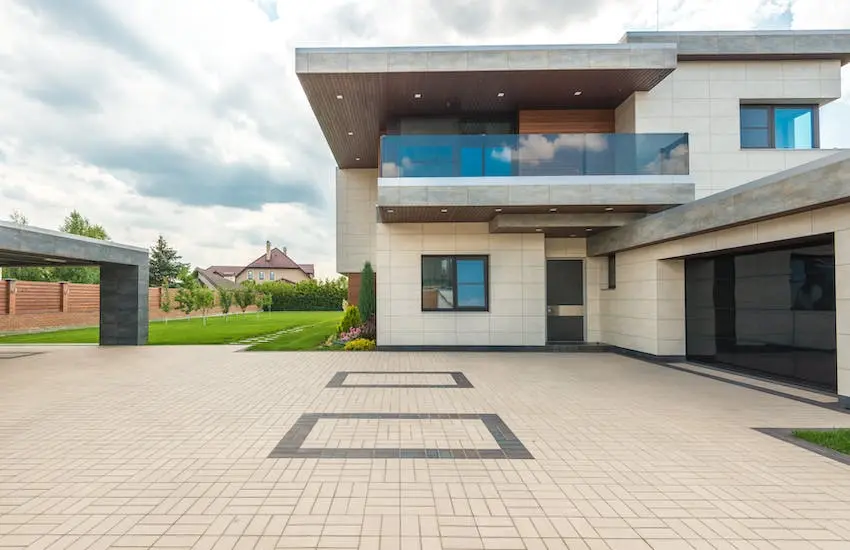Whether you’re a beginner plant parent or a seasoned enthusiast, every plant lover wants their babies to be happy and healthy.
There are various types of containers and pots to choose from in the range available in online and offline markets. There’s something for everyone, from terracotta to metal to wholesale ceramic pots.
But, which pot form is ideal for growing the most delicate and attractive houseplants? The answer is ceramic pots.
The fundamental reason for this is that the soil in the ceramic pot absorbs moisture better and does not dry up quickly.
The glazing on ceramic pots lowers their porousness and any possible harm to the environment if they are left outside.
If you do tend to overwater your houseplants, ceramic pots are better. But that’s not all.
Here are all the compelling reasons for you to invest in Ceramic Pots for plant
Moisture-Retention Capacity
Ceramic pots keep humidity better than other types of pots. The glazes on ceramic pots assist in preventing soil erosion from more moisture than untreated terracotta or metal pots, even if they include drainage holes.
Indoor plants that demand equally wet soil—generally, houseplants developed from damper surroundings in nature—are the best for ceramic containers.
Appearance
A ceramic planter’s forming technique can be classified into manual moulding (by hand) and mechanical moulding. Both shaping procedures result in a wide range of distinctive patterns and styles.
Ceramic pots for plants are generally more contemporary and sophisticated than pots made of other materials. It is particularly true with plastic pots, which lack the visual appeal of natural products while also harming the environment.
Stimulates Root Growth
Unglazed clay pots, which are called porous ceramic pots, enable air and water to pass through the edges of the pot. Root development is stimulated by air movement, resulting in healthier plants.
On the other hand, porous ceramic pots draw moisture from the soil, making them a better alternative if you tend to overwater or for seedlings that prefer drier conditions.
Plants in porous ceramic pots also demand more moisture than plants in plastic or glazed ceramic pots.
What To Know Before Buying Ceramic Pots
Make sure the pot has sufficient drainage. Even if the wholesale ceramic pots are placed on a tray to gather water, ensure to empty the tray after watering to avoid root rot.
Furthermore, a layer of stones in the tray can be used to raise the pot above the water level.
You could ask what size porcelain pot is preferable if you consider that plants grow better in ceramic pots. It is crucial to pick the right pot size.
The pot’s diameter should be one-third of the plant’s height from the ground to the top of the leaves for most plants.
It is crucial to note that if the pot you purchase is too large, you risk shocking your plant and causing it to cease growing.
When repotting, a reasonable rule of thumb is to increase the pot size by one or three inches for smaller plants and three to eight inches for bigger plants.
Trim the plant to preserve its size or move it into larger containers as required as it grows. Slow-growing plants with solid roots do well in shallow pots, whereas rapidly growing plants with deep roots require deeper containers.




